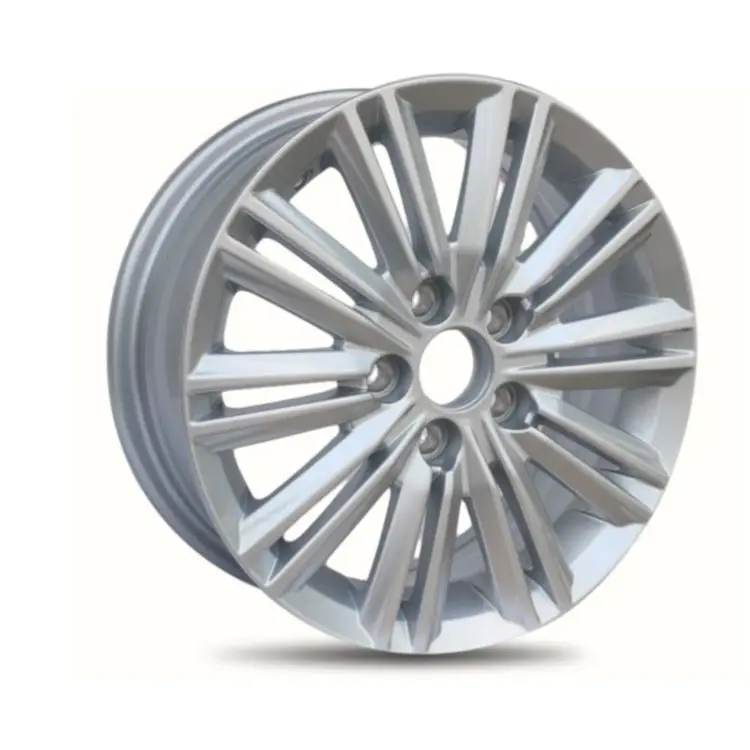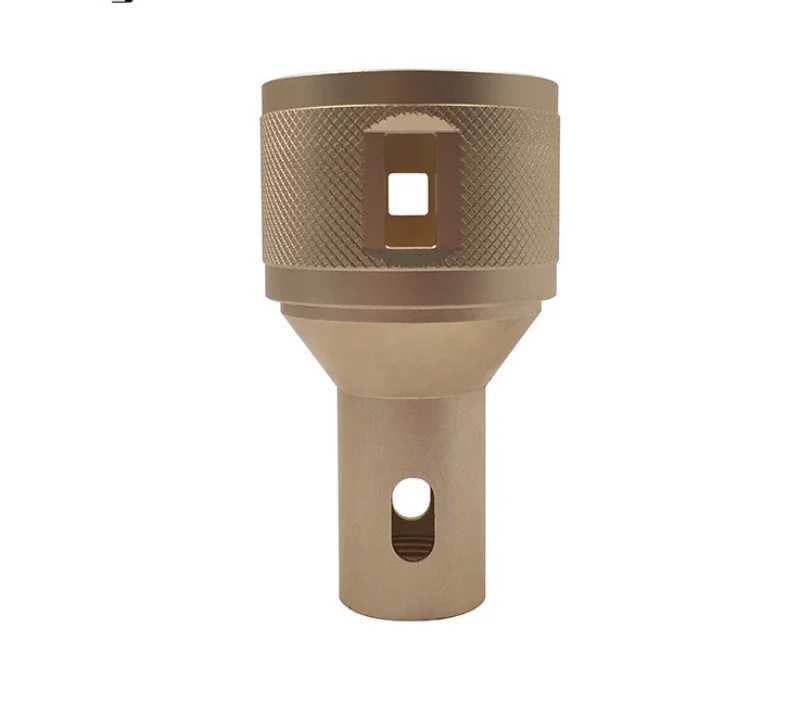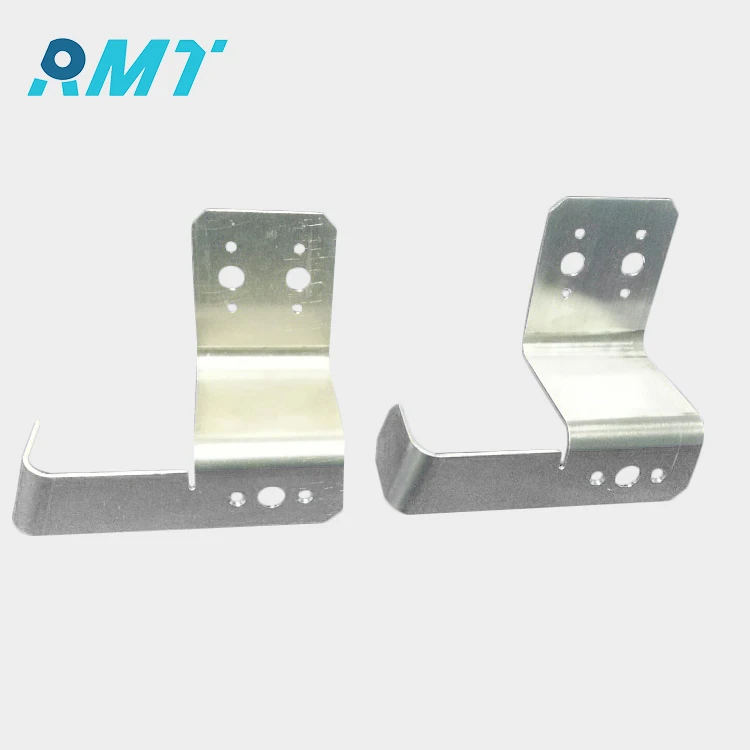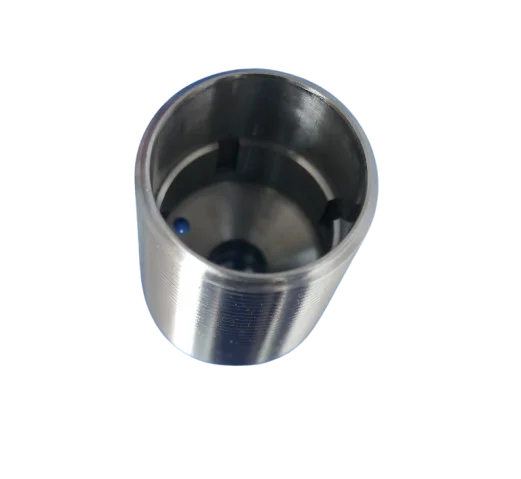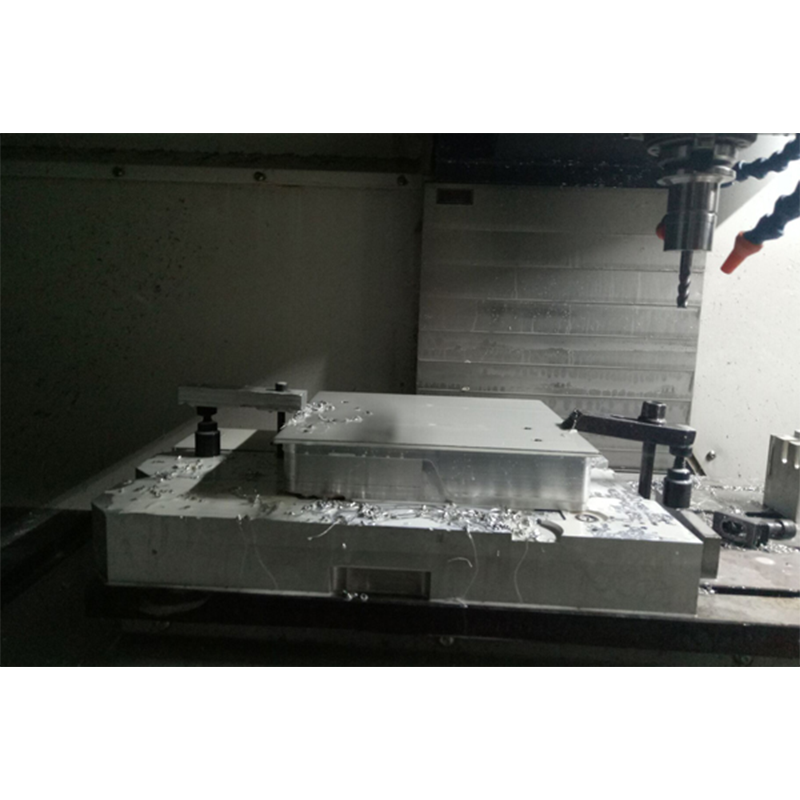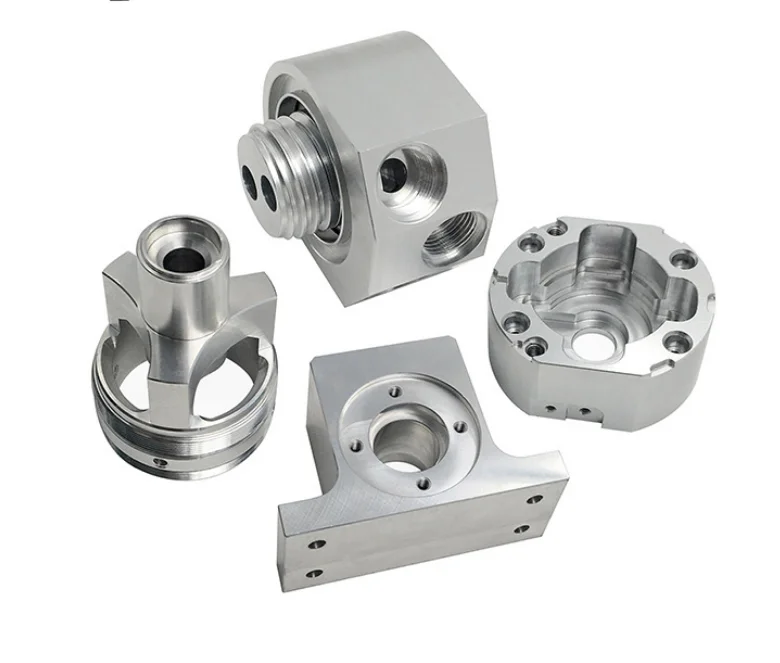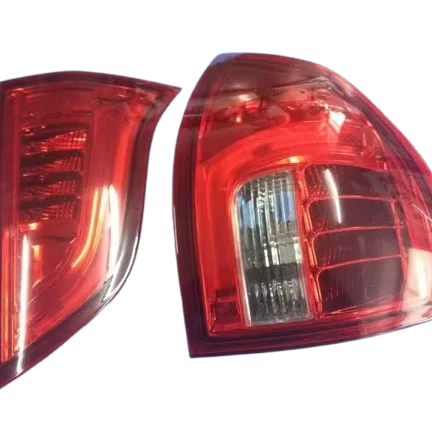The Unsung Heroes of Innovation: Hardware Components
In the realm of technology, much of the limelight falls on cutting-edge software and applications. Yet, it's the humble hardware components that form the backbone of our modern devices. These small but mighty elements are the unsung heroes of innovation, enabling advancements that shape our daily lives.
The Essence of Hardware Components
Hardware components are the physical parts of any electronic system. They range from basic screws and bolts to sophisticated circuit boards and microchips. Each piece serves a specific function, working in unison to bring our electronic devices to life. Without these components, the sleek smartphones, powerful computers, and smart appliances we rely on would be nothing more than empty shells.
Innovation in Miniaturization
One of the most remarkable trends in hardware components is miniaturization. As technology progresses, there's a constant push to make components smaller, more efficient, and more powerful. This drive has led to the development of microelectromechanical systems (MEMS), which combine tiny mechanical and electronic components to perform a variety of tasks, from sensing motion to powering miniature projectors.
Sustainability and Hardware
Sustainability is another critical area where hardware components are making a significant impact. Manufacturers are increasingly seeking eco-friendly materials and production methods to reduce the environmental footprint of their products. From recycled plastics to biodegradable metals, the industry is exploring new ways to create components that are not only efficient but also kinder to our planet.
The Role of Hardware in Connectivity
Connectivity is at the heart of the modern digital experience, and hardware components play a pivotal role in this domain. Components like routers, antennas, and connectors are essential for establishing and maintaining the complex networks that enable our devices to communicate with each other. As we move towards an even more connected world with the Internet of Things (IoT), the importance of these components will only grow.
Challenges and Opportunities
Despite their importance, hardware components face several challenges. The rapid pace of technological change means that components can quickly become obsolete, leading to issues with waste and recycling. Additionally, the global demand for certain materials, such as rare earth metals, can lead to supply chain vulnerabilities.
However, these challenges also present opportunities. Innovations in materials science are leading to the creation of components that are more durable and have a longer lifespan. Advances in 3D printing are also revolutionizing the way components are manufactured, allowing for more customization and reducing waste.
Conclusion
As we look to the future, the role of hardware components in driving technological progress cannot be overstated. These tiny building blocks are critical to the devices that connect us, entertain us, and help us work more efficiently. By continuing to innovate in the design and production of hardware components, we can ensure that the technology of tomorrow is not only powerful but also sustainable and accessible to all.

 EN
EN
 AR
AR
 BG
BG
 HR
HR
 CS
CS
 DA
DA
 NL
NL
 FI
FI
 FR
FR
 DE
DE
 EL
EL
 IT
IT
 JA
JA
 KO
KO
 NO
NO
 PL
PL
 PT
PT
 RO
RO
 RU
RU
 ES
ES
 SV
SV
 IW
IW
 LV
LV
 SR
SR
 SK
SK
 UK
UK
 GL
GL
 HU
HU
 TH
TH
 TR
TR
 FA
FA
 GA
GA
 CY
CY
 EU
EU
 BN
BN
 BS
BS
 LA
LA
 NE
NE
 SO
SO
 KK
KK


